Reacher Grabber
Disability Aids For Seniors
As people age, it prevails for them to experience a decline in physical and cognitive capabilities. For elders who have a disability, this decrease can end up being more considerable and impact their daily life.
Nevertheless, there are various impairment aids readily available that can assist elders preserve their independence and lifestyle. These help can come in the kind of mobility gadgets, adaptive tools for consuming and drinking, tools for dressing and grooming, house modification aids, and interaction aids.
By using these aids, senior citizens can continue to perform day-to-day tasks that may have ended up being tough due to their impairment. In this short article, we will explore the various types of impairment aids readily available for senior citizens and how they can improve their overall well-being. There are several disability aids for seniors available.
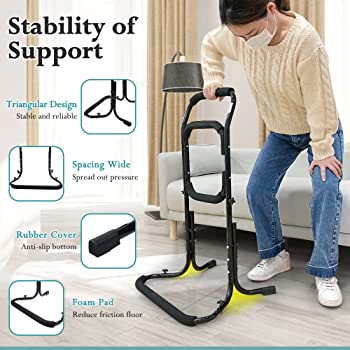
Disability Aids For Seniors
Strolling aids are a popular option for seniors who require assistance with balance. These help consist of walking sticks, crutches, and walkers. Walking sticks are an excellent option for those who require a little extra assistance, while walkers are perfect for people who require more substantial aid with balance. Crutches are generally utilized for those who have suffered an injury and need assistance for a limited quantity of time.
Wheelchair choices are likewise readily available for elders who need more extensive help with mobility. There are many different types of wheelchairs to choose from, consisting of handbook and electrical alternatives. Manual wheelchairs are moved by the user, while electric wheelchairs are powered by a battery. Both kinds of wheelchairs come in a variety of sizes and designs to fulfill individual requirements.
Stairlift solutions, scooter types, and transfer equipment are other alternatives available for elders with restricted mobility. Stairlifts are devices that assist people navigate stairs securely, while scooters supply a method of transport for those who are unable to stroll fars away. Transfer equipment such as lifts and transfer boards can help senior citizens move from one surface to another, such as from a bed to a wheelchair.
With these numerous options available, elders with restricted mobility can find the ideal help to help them navigate their surroundings safely and independently.
Reacher Grabber
Making use of adaptive tools for dining, such as feeding devices, drinking help, and swallowing tools, can considerably improve the dining experience for senior citizens. These tools can assist people with physical disabilities or constraints to consume with higher ease and comfort.
There are a variety of adaptive tools readily available, including specialized utensils and cups, that can help with mealtime jobs, such as cutting, scooping, and lifting. One common type of adaptive tool for dining is utensil adjustments. These can consist of weighted or angled utensils, along with utensils with bigger handles or grips, making them simpler to hold and control.
Other adaptive tools for consuming and drinking include spill-proof cups, straws, and specialized plates and bowls. These tools can help individuals with conditions such as arthritis, Parkinson's disease, or other handicaps preserve their self-reliance while consuming.
For people with more serious specials needs or conditions, mealtime support may be necessary. Caretakers or member of the family can supply hands-on help with feeding and drinking, or specialized feeding gadgets might be utilized to aid with swallowing troubles.
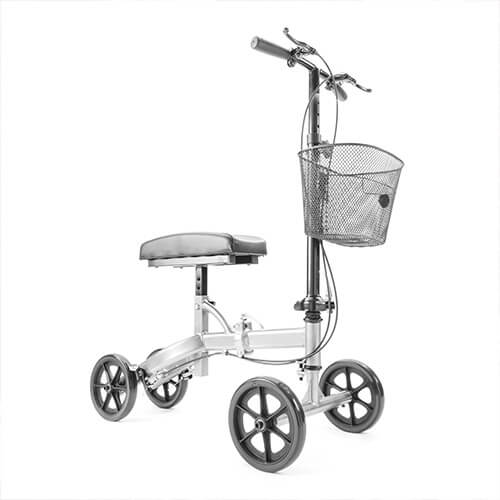
Overall, using adaptive tools and mealtime assistance can greatly enhance the lifestyle for elders with disabilities, enabling them to maintain their dignity and self-reliance while carrying out these vital daily tasks.
Assistance with dressing and grooming can be simplified through making use of assistive tools created to promote independence and improve the day-to-day regimens of people with physical restrictions.
For individuals who have trouble with buttoning their clothing, dressing sticks and button hooks can be practical. These tools make it possible for people to attach buttons without the use of fine motor skills and decrease the time needed to finish dressing jobs. Assistive clothes, such as magnetic closures or Velcro fasteners, can likewise be utilized to make dressing much easier and more efficient.
Grooming help such as adaptive combs can be utilized to help people with restricted hand dexterity in styling their hair. These combs have larger deals with, which make them simpler to grip and control. In addition, long-handled combs can be utilized to reach the back of the head and help individuals with minimal movement to design their hair separately.
Similarly, adaptive brushes and combs can be utilized for grooming facial hair. These tools can be handy for people who have difficulty holding a standard brush or comb due to arthritis or other physical restrictions.
Overall, adaptive tools for dressing and grooming can significantly enhance the lifestyle for elders with disabilities. These tools assist promote self-reliance and preserve daily routines, which can have a positive impact on psychological and emotional well-being. By using assistive tools, elders can continue to participate in self-care activities and keep their self-respect and sense of autonomy.
It is quite hassle-free that the physical limitations of a person can be accommodated with the help of home adjustment tools that promote self-reliance and availability within the living space. These aids are important for elders with impairments who want to maintain their autonomy and quality of life.
Restroom adjustments, such as grab bars, shower seats, and raised toilet seats, are required for individuals with mobility problems to prevent falls and ensure safety. Similarly, kitchen aids like adjustable-height counter tops, pull-out racks, and easy-grip utensils can help elders with arthritis or limited movement to prepare meals and enjoy cooking.
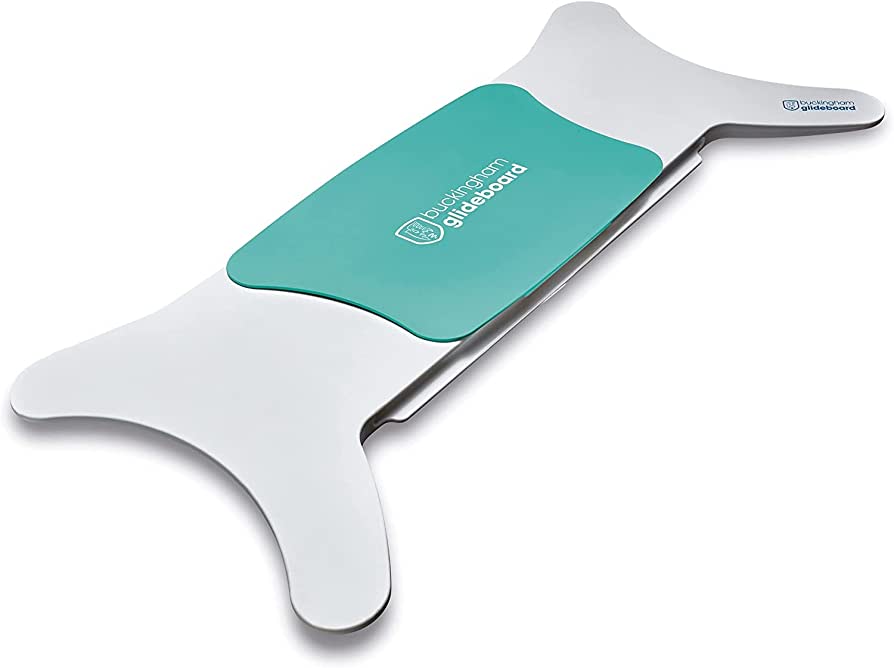
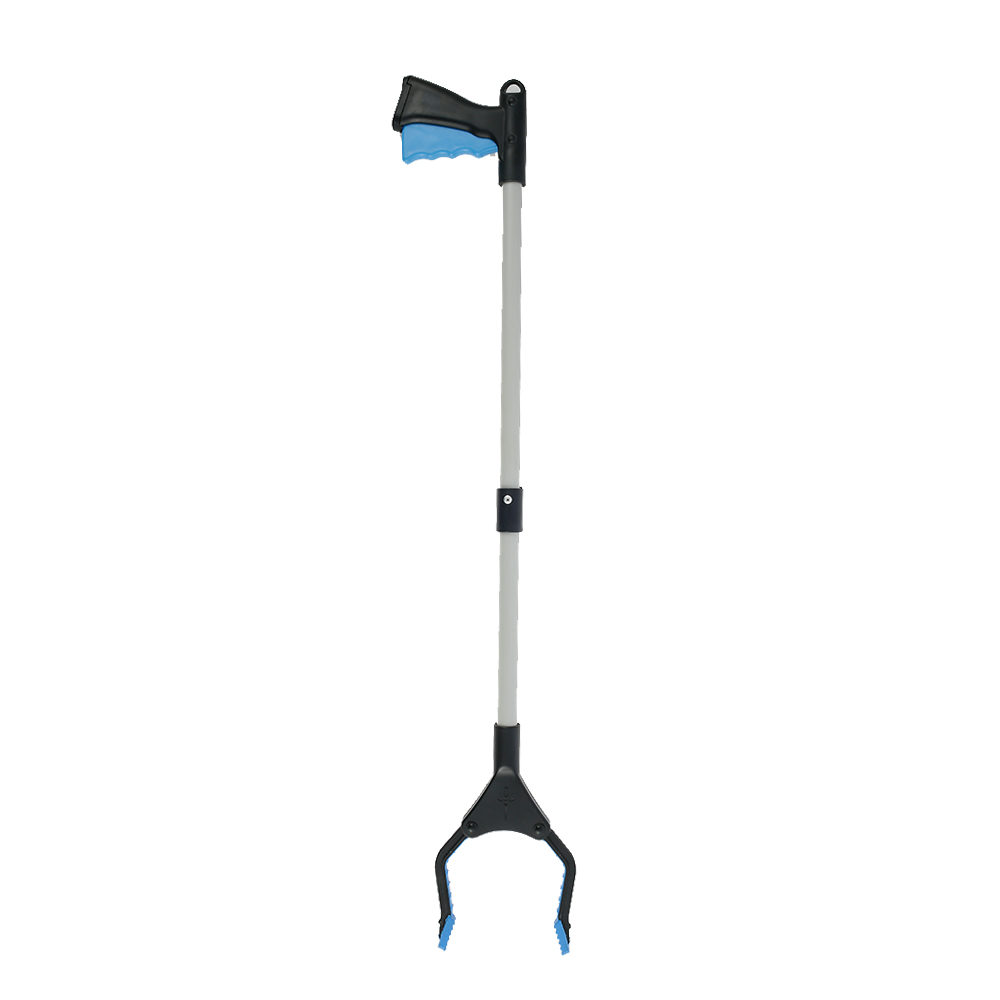
Entrance and exit assistance like door openers, threshold ramps, and handrails can make it easier for seniors with mobility impairments to go into and leave their homes safely. Furthermore, stairlifts and ramps can offer wheelchair access to different levels of the house, making it possible for senior citizens with specials needs to walk around individually and conveniently.
In summary, home adjustment aids are essential for elders with disabilities to maintain their self-reliance and improve their quality of life. By making basic modifications to the living space, such as setting up grab bars, adjustable-height counter tops, and bed rails, elders with mobility impairments can reduce the risk of falls and improve their safety and convenience. It is vital to consider these home adjustment help to promote accessibility and self-reliance for senior citizens with disabilities.
Communication is an important element of daily life, and for individuals with speech impairments, interaction aids play an essential role in allowing them to express themselves successfully. Assistive technology such as speech acknowledgment software application, speech synthesizers, and interaction boards can assist people with speech impairments to interact more efficiently.
Additionally, speech treatment can help improve speech production, articulation, and fluency for individuals with speech impairments.
Hearing devices such as hearing aids and cochlear implants can help people with hearing impairments in communicating with others effectively. These devices enhance noise and can assist people with hearing loss to hear more plainly.
Additionally, language translation software or gadgets can assist people who speak various languages to communicate with each other. Sign language interpreters can likewise be utilized to assist individuals with hearing impairments in interacting effectively.
Communication aids supply people with disabilities the chance to communicate with others and express themselves successfully. As innovation continues to advance, interaction help are ending up being more economical and accessible, making it simpler for individuals with impairments to interact.
However, it is necessary to note that communication aids are not a one-size-fits-all option, and what works for one individual might not work for another. Therefore, it is important to deal with a health care professional or a speech-language pathologist to determine the best interaction help for an individual with a disability.
Movement help such as canes, walkers, and wheelchairs offer increased self-reliance and safety when navigating daily life.
Adaptive tools for drinking and eat ensure that senior citizens can continue to enjoy meals without difficulty.
Tools for dressing and grooming permit elders to maintain their individual hygiene and self-respect.
House modification help, such as grab bars and shower chairs, can avoid falls and improve ease of access.
Finally, interaction help, such as hearing help and speech-generating gadgets, can help seniors preserve social connections and self-reliance.
These aids are more than just devices, they are signs of hope and liberty for seniors. They work as a suggestion that age or physical restrictions ought to not restrict one's ability to take pleasure in life to the max.
As compassionate and educated members of society, it is our duty to advocate for and support the use of these aids to empower and improve the lives of seniors with impairments.
Social Security Disability supplies a safeguard for millions of Americans who can not work because of extreme illness or injury. Although the advantages are modest-less than $1,200 monthly on average-they assistance numerous satisfy their fundamental requirements.
To get special needs advantages, you need to have a clinically determinable condition that is expected to last a minimum of a year or lead to death and avoid you from participating in any considerable gainful activity. The SSA definition of impairment is strict.
For the handicapped, Social Security impairment payments are vital to getting by. These modest payments keep lots of beneficiaries above the poverty line, and they allow them to afford the medical care that they require. They also help them to pay for basic living expenditures like housing and food. As a result, it is crucial that candidates for special needs benefits provide accurate and total info to the SSA when using. A little error might have a significant influence on the process and may even cause a denial of your claim.
When Congress was choosing how to reform the old adult welfare programs in 1949, its attention centered on the subject of special needs. Advocates of the brand-new program wished to make sure that those who certified would get rehab, rather than simply a cash payment. They argued that money payments were not enough to enable people who might not work to make it through. In the end, Congress decided to include disability insurance in the legislation that produced Social Security.
While supporters favored rehab, Social Security scientists feared that strict definitions of impairment might lead to pressure to admit more people to the special needs rolls. This pressed authorities to adopt more flexible meanings, however the system still has stringent eligibility rules.
Presently, there are about 9.7 million individuals getting Social Security disability benefits. These include disabled employees, kids of disabled workers, and the partners of handicapped workers. Most of individuals who get disability advantages are elderly. The number of SSDI receivers has been increasing throughout most of the program's history. This is due to the fact that the child boomers are reaching their most disability-prone years, and more women have joined the labor force.
In cases where an individual can not handle their monetary affairs because of a mental problems, the Social Security Administration will designate a representative payee to manage their financial resources. The representative payee will receive the individual's benefits, disburse them to payers (like property managers), and supply finance support. The SSA does not charge for this service, and the individual's good friend or member of the family frequently serves as a representative payee.
Vital Disability Aids For Elders
Numerous Americans think that disability is something that impacts the senior, however severe disabilities can strike people at any age. In fact, studies reveal that a 20-year-old worker has a 1-in-4 possibility of becoming disabled before reaching retirement age. For these individuals, our disability advantages are vital lifelines that keep a roof over their heads and food on the table for them and their households.
To get these modest, yet essential, monthly payments, an individual should fulfill SSA's definition of disability. This requires that the medical condition( s) must be serious adequate to prevent them from performing any work they have carried out in the past, or from getting used to other types of work. In addition, the condition must last or be anticipated to last a year or more or lead to death.
The first step in the examination process is to figure out if the problems( s) are severe by examining how your condition limitations your ability to perform daily jobs, such as strolling, sitting, standing, lifting, and remembering. If your condition is severe, you carry on to the next step in the evaluation process.
At this step, SSA determines whether your medical condition satisfies or medically equates to a specific listing of conditions that SSA developed in assessment with medical experts. The firm also considers whether your condition is disabling under the broader, less restrictive definition of disability as specified in the Social Security Act. If SSA discovers that your condition is serious under both meanings, you are discovered to be handicapped and your benefits start.
However, the intricacies of the problems assessment system and the stringent requirement for special needs mean that many people who are eligible for disability never ever get the benefits they need. For those who do, SSA impairment helps them live separately, meet the basic requirements of themselves and their families, and gain access to social work that can help them remain healthy and active. The SSA special needs programs, along with Supplemental Security Earnings (SSI), are core components of our country's safeguard. Their modest however essential payments make it possible for millions of Americans to reside in peace and security.
Many individuals who have actually limited mobility struggle with common jobs like selecting things up off the flooring or reaching into cabinet drawers. Carrying out these tasks without a grabber can end up being hard and even harmful, specifically for those who suffer from pain in the back, arthritis, or have actually restricted balance and strength. The good news is, there are numerous kinds of grabber tools that can make these jobs much easier and less difficult for those who have difficulty standing or flexing over.
The basic grabber tool has a long shaft with a trigger on top that runs a set of jaws. When the user squeezes the trigger, the jaws close and grip an object, removing the requirement for the operator to bend over or utilize an action ladder. This tool is particularly helpful for picking up garbage or products dropped on the ground, and can also be utilized to reach high racks or into other hard-to-reach places like drawers or cabinets.
Several elements can vary among grabber tools, including size, maneuverability, and the grabbing mechanism. For example, some models are shorter and lighter than others, making them easier to manage. Some designs likewise fold down, minimizing the overall length of the tool to half, which can be convenient for storage or travel. Others include loops or clips for attaching them to canes, walker sticks, or wheelchairs when not in use.
Other grabber tools are specifically developed for clothing or personal health tasks, such as assisting an individual reach their socks and stockings without the need to bend or extend. Some models have a textured gripping surface, which works for keeping slippery or sticky items, and some have a built-in magnet for obtaining small metal things.
For those who have a minimal budget plan, it can be useful to compare costs of various grabber tools before acquiring one. Some websites even offer a contrast chart to help consumers find the ideal model for their requirements and budget plan. In addition to rate, other essential factors to consider for selecting a grabber include the maximum weight that can be raised and the optimum reach of the tool.
Stair lifts and wheelchair ramps can make a huge distinction in the lives of disabled individuals. They can help them remain in their homes, allowing them to enjoy all the comforts of house life and to live longer. Stair lifts can also be a lifesaver when it comes to leaving the vehicle or a home, and they are specifically beneficial for individuals with disabilities who may have problem bending or reaching.
The Social Security Disability Insurance (SSDI) program supplies modest however vital advantages to employees who are unable to support themselves because of extreme and long-lasting medical impairments. The program is administered by the Social Security Administration. About 8.2 million handicapped workers get SSDI payments. A few of these recipients also get payments for their spouses and children.
As the infant boomers got in retirement age, the eligibility swimming pool for SSDI peaked. Population growth, aging, and increased female labor-force involvement enhanced eligibility too. Social Security's eligibility rules are reasonably strict compared to those of most other innovative nations. Most special needs beneficiaries rely on SSDI for all or most of their earnings.
Almost all impairment applicants need to reveal that they can not carry out significant rewarding activity (any work that generates earnings of $1,310 monthly for many people and $2,190 for blind individuals) anywhere in the nationwide economy. Those with minimal education or low abilities usually can't switch careers to something sedentary, so they are far more likely to receive SSDI than those who can quickly do sedentary tasks.
Social Security conducts continuous quality reviews of impairment choices at all levels, however errors occur mainly at the preliminary application stage. Mistake rates fall at the ALJ phase, which is staffed by skilled experts, but there are still a lot of errors.
The majority of people presume that Medicare will cover the expense of stair lifts and ramps, but they are wrong. Medicare does not spend for them unless they are absolutely necessary to keep a specific safe in their home and to prevent preventable hospitalizations. Luckily, there are other financing choices for these types of accessibility gadgets. If an individual is a veteran, for instance, the Veterans Administration health care system will money the purchase of a stair lift or ramp.
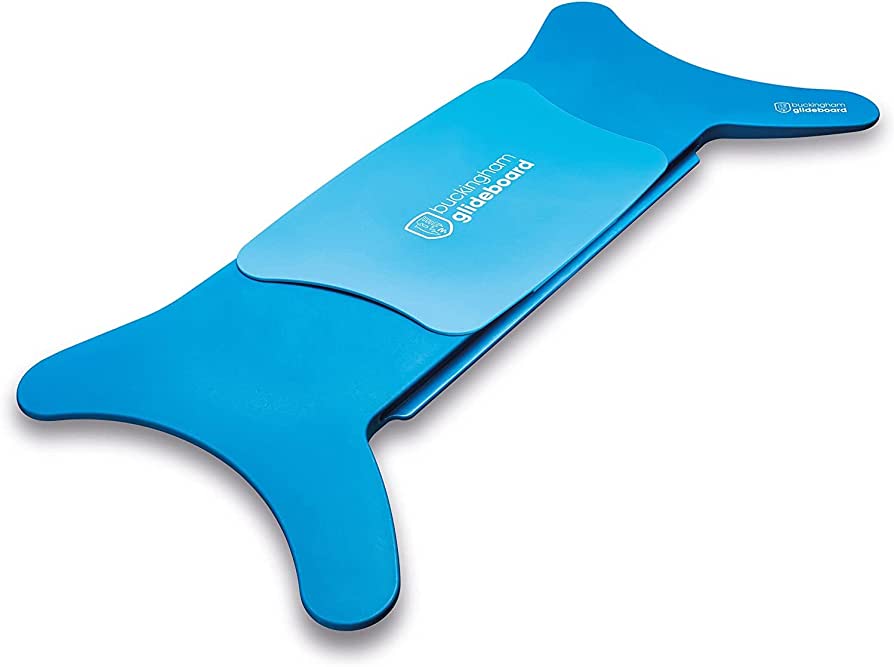
Are there specific disability aids that can help seniors with mobility issues?
Yes, there are numerous disability aids designed to assist seniors with mobility issues. These include canes, walkers, wheelchairs, scooters, stairlifts, and transfer equipment. These aids can help seniors navigate their surroundings safely and independently.
What are some common disability aids for seniors?
Common disability aids for seniors include mobility aids like canes, walkers, wheelchairs, and scooters, adaptive tools for dining such as specialized utensils and cups, dressing aids like button hooks and adaptive clothing, home modification aids like grab bars and adjustable countertops, and communication aids such as speech recognition software and hearing aids.
How can adaptive tools assist seniors during meal times?
Adaptive tools for dining, such as specialized utensils, cups, and plates, can make meal times easier for seniors. For instance, utensils with larger handles or grips can be easier to hold, and spill-proof cups can prevent spills and messes. These tools can help seniors with physical limitations or disabilities eat and drink with more ease and comfort.